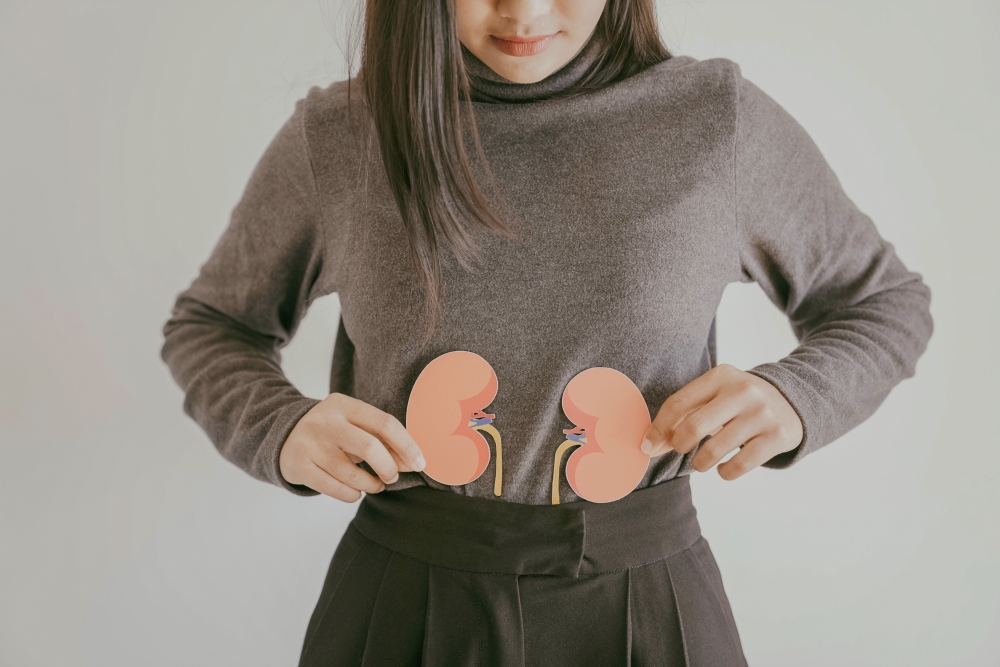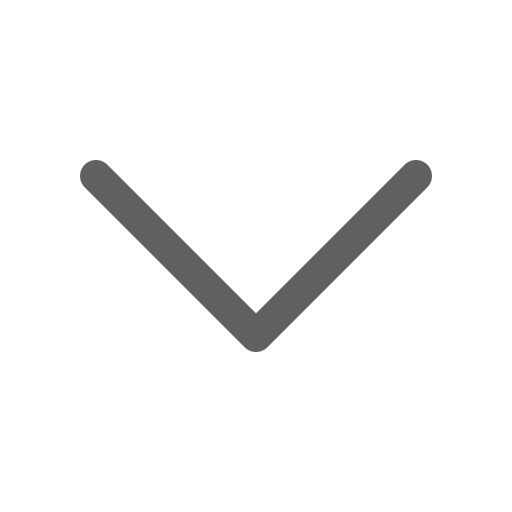Timely action can make a difference in stroke outcome
When is your headache not just a headache? Before reaching for a painkiller, take note. Do you also have slurred speech, confusion, weakness or numbness in your face or limbs, nausea and vomiting, gait imbalance or blurred vision? If you do, call for help and get to the hospital fast because a severe headache that comes on suddenly, accompanied by the above symptoms, may signal an impending stroke.
Stroke, the third leading cause of death in Malaysia, occurs when blood flow to a part of the brain is blocked. It can be caused by a clot or a burst vessel. Prompt medical action can prevent permanent brain damage and reduce other complications.
Many still associate stroke with older folk who have ailments such as high blood pressure, diabetes, high cholesterol or chronic kidney disease. That is no longer the case.
“We are seeing stroke happening in younger people,” says Dr Ellie Kok Huey Tean, Sunway Medical Centre Velocity (SMCV) consultant neurologist and internal medicine physician. According to the Global Burden of Disease Study 2016, one in four cases occurred in those under 50.
So what can cause stroke in the young and who are at risk?
A sedentary lifestyle, an unhealthy diet and obesity are linked to increased stroke risk. Smoking, high alcohol intake, stress and poor-quality sleep are contributing factors, Kok adds.
Stress, which many pass off as a part of work or daily life, can cause the heart to work harder, increasing blood pressure and sugar and fat levels in the blood, and raising the risk of blood clots forming. Inadequate sleep, now often a result of excessive screen time, has been found to increase heart rate and blood pressure.
Reports cite arterial dissection, an injury to the artery in the neck caused by some form of trauma such as an accident, as the most common cause of stroke in the young. But there are hidden causes as well, among them atrial fibrillation or irregular heartbeat, atherosclerosis (hardening of the arteries caused by plaque build-up), or stenosis (abnormal narrowing of blood vessels). Also found to affect younger people is cryptogenic stroke, where the cause is unknown.
Seventy-five per cent of strokes are caused by blocked blood supply to the brain. This is known as ischaemic stroke. Timely medical intervention for ischaemic stroke include two key treatments: thrombolysis and thrombectomy. Thrombolysis involves administering medication to dissolve smaller blood clots in the brain while a minimally-invasive thrombectomy involves using a device to physically remove larger blood clots. These treatments significantly increase the chances of restoring blood flow to the brain and reducing the risk of permanent brain damage.

Dr Ellie Kok: A sedentary lifestyle, an unhealthy diet, obesity, stress and inadequate sleep are the contributing factors to increased stroke risk among the young.

Dr. Gerard Martin: Haemorrhagic stroke, accounting for 15% of stroke cases occur due to a ruptured blood vessel within the brain and although less common, it tends to be more deadly.
Another type of stroke of the haemorrhagic stroke - accounting for 25% of cases - occurs due to a ruptured blood vessel within the brain, or less common vascular diseases, such as a brain aneurysm. Although less common, it tends to be more deadly. Haemorrhagic stroke is a medical emergency and timely action can prevent permanent brain damage and reduce other complications. Aneurysms are weak spots in blood vessel walls that can burst. Those at risk should heed warning signs that may herald stroke, such as a drooping eyelid, weakness on one side of the face, weakness or numbness in the limbs, double vision and impairment of consciousness, which may involve coma.
“Timely action is crucial to surgically intervene, which may involve removing the blood clot, sometimes together with part of the skull to allow room for the brain to swell. In cases of ruptured aneurysms, it is crucial to accurately locate the blood vessel harbouring the aneurysm and clip its neck to prevent further rupture, says SMCV consultant neurosurgeon Dr Gerard Arvind Martin.”
A CT scan, a magnetic resonance angiogram or a cerebral angiogram can be carried out to detect the exact location of the bleeding in the brain, a tumour or other conditions. A neurosurgeon may suggest a lumbar puncture or spinal tap if the scan does not show bleeding but he believes that the patient may have had a haemorrhagic stroke.
Stroke treatment should also involve managing the expectations of the patient and family, Gerard highlights. Subsequently, rehabilitation is crucial to recovery and limiting disability and even a recurrence of the stroke.
“It is very important to educate the patient so he understands what’s going on. One side of his body function is lost but there is still the other. He now has to tailor how to use that side to compensate for the loss of mobility. It’s a lot of relearning, which needs a team for full care, from physiotherapy to speech therapy to cognitive therapy.”
Age and heritage aside, no one is assured of protection from stroke. But there are ways to lower the risks and prevent it, starting with lifestyle changes.
Quit smoking and eliminate bad habits such as excessive alcohol consumption. Exercise regularly to maintain a healthy weight, eat proper meals and ensure you get adequate sleep. Reduce stress and bring down your blood pressure. Don’t forget to undergo regular check-ups to assess your stroke risk. And, if you are on medication for ailments that are risk factors for stroke, do not forget to take it as prescribed by your healthcare provider.
KembaliSuggest to Read









